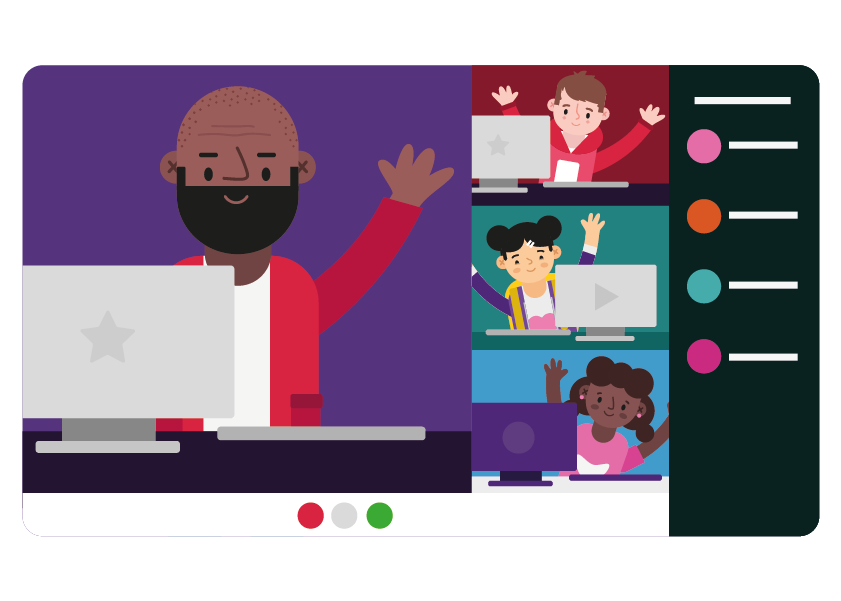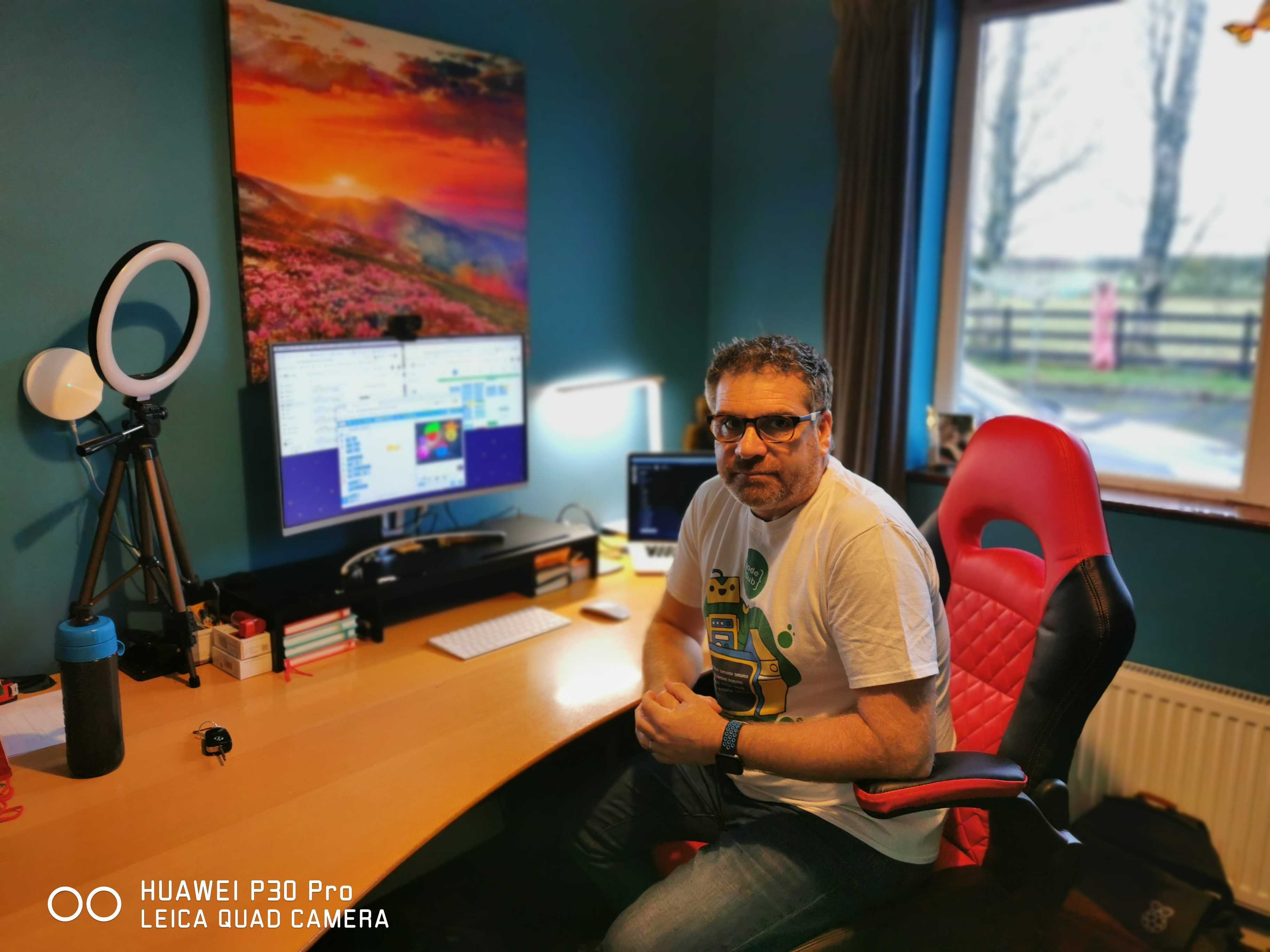
19th November 2020
How to plan your online session
During November and December, we will be sharing about different aspects of running online coding sessions, and hearing the experience of club leaders who are running their clubs online.
In the past year, many volunteers have found themselves planning online club sessions for the first time. From choosing video conferencing tools, to managing mics on calls, it might have felt like a jump into the unknown! Nonetheless, these sessions have been a great way for young people to connect and continue learning while in-person sessions cannot take place.
In this blog, we share some key learnings and tried-and-tested approaches to planning your first online session from our friends in the know.

Sharing first-hand experience
Rohima, Darren, and Ross have each been running online CoderDojo or Code Club sessions for the past number of months. Their experiences, while different, offer useful advice for volunteers.
Q. How did you find planning for your first online session? What were the main challenges you faced, and was there anything that helped you to prepare?
Darren: Having run in-person Dojo sessions for almost nine years, the prospect of taking that online felt overwhelming. When planning our first session, the biggest challenge was attempting to match the engagement and interaction we had built with our Ninjas over the years. We eventually decided the best approach for everyone involved was to start with something accessible and straightforward to follow.

Rohima: Having run an in-person Code Club for a year, I was keen to try and create a similar atmosphere of learning in an online space, whilst recognising that it would be very different. I sought out lots of advice from my colleagues and came up with a loose structure that would emulate an in-person session, while still making it easy to take part and support one another.
 Rohima runs an online Code Club in the UK
Rohima runs an online Code Club in the UK
Ross: Even though I have run a CoderDojo for a number of years, it was initially like going back to the drawing board — but I like a challenge. I wanted to structure the session in a way that felt familiar, while also utilising the online space as much as possible for young people to participate. I found that the best way to help prepare was to clearly communicate with the parents about what was needed and what was planned for the session.
 Ross is running an online Dojo from London, UK
Ross is running an online Dojo from London, UK
Q. How did your first session go?
Darren: Our first session was complete mayhem — as we expected it would be — but we learnt so much from that session that we used to shape our future sessions. If I could offer advice based on the learning from those first sessions, I would advise not to overthink things; start small and simple and grow from there. Make sure to focus more on the fun and engagement and less on the learning outcomes.
Do you have a son or daughter between 7 – 17 interested in coding?
Then why not have them join us this evening for our online session 6.30-8pm. You can join simply by clicking on the link below, and all you require to take part is a computer or tablet. https://t.co/X6xaLvBokE pic.twitter.com/VU4ZWls5f4
— CoderLaois (@CoderLaois) October 19, 2020
Rohima: My first session was a surprising success. I kept it very simple; we gave our attendees three projects to choose from, everyone did one of those, and we talked about what we were working on throughout the session and encouraged screen sharing. There were technical challenges with some attendees’ sound or picture, but nothing that we couldn’t resolve. There was good turnout and engagement, and I ended feeling really positive about it.
Ross: The first one was an interesting one. It went OK — there was certainly room for improvement and I did walk away wondering, was it fun, was it educational, was it a CoderDojo? Like my first session I did all those years ago in person, it took some time for it to take shape. My main learning was patience.
Final thoughts
We know that 12% of Dojo champions who responded to our recent poll are planning to run their Dojo sessions online soon. We have some useful resources to help you get started:
- Tools comparison table
- Template for structuring your online session
- Our complete online guidance
All of which you can find at: https://rpfcoderdojo.wpengine.com/ways-to-run/
 Our template for structuring your online session
Our template for structuring your online session
We also have:
- Our recent ‘Best practices for running online sessions’ webinar
- Our label to mark your Dojo as ‘running online’ on the platform
Remember, running online is going to be a very different experience, so try not to compare it to your in-person sessions. Even if you have fewer attendees than you’re used to, or your sessions are quieter, you are providing a fun, safe space during a very uncertain time. It can be a meaningful place for attendees to connect. It can be an opportunity to learn how to use new interactive tools for you and other volunteers. It can be beneficial for children who find in-person settings a struggle. It can be rewarding for young people and volunteers in exciting new ways.